Table of Contents
Elevators Intro:
Since the dawn of time, humans sought the way for more efficient vertical transportation of freight and passengers to different levels. These devices for transport goods up and down represent first elevators.
Elevator history begins several hundred years before Christ. The earliest elevators were called hoists. They were powered by human and animal power, or sometimes water-driven mechanisms. They were in use as early as the 3rd century BC.
Modern elevators were developed during the 1800s. These crude elevators slowly evolved from steam driven to hydraulic power. The first hydraulic elevators were designed using water pressure as the source of power.
They were used for conveying materials in factories, warehouses and mines. Hydraulic elevators were often used in European factories.
In 1852, Elisha Graves Otis introduced the first safety contrivance for elevators.
Otis established a company for manufacturing elevators and went on to dominate the elevator industry. Today the Otis Elevator Factory is the world's largest manufacturer of vertical transport systems.
Revolution in elevator technology began with the invention of hydraulic and electricity.
Motor technology and control methods evolved rapidly and electricity quickly became the accepted source of power. The safety and speed of these elevators were significantly enhanced.
The first electric elevator was built by the German inventor Wener Von Siemens in 1880.
In 1889, the first commercially successful electric elevator was installed.
In 1887, an electric elevator with automatic doors that would close off the elevator shaft was patented. This invention made elevators safer.
Many changes in elevator design and installation was made by the great advances in electronic systems during World War II.
Space elevators use the same concept of classic elevator. They will be used to transport people to space station. This concept theoretically can considerably reduce the cost for putting a person into space.
Today, modern commercial buildings commonly have multiple elevators with a unified control system. In addition, all modern elevators have special override controls (to make elevators go directly to a specific floor without intermediate stops).
What is Elevator (Lift)?
An elevator can be defined as an electric lift which is used as vertical transportation of goods as well as people among the floors in buildings using bins otherwise silos. As usual, these are activated with the electrical motors that also to drive counterweight system cables for drive transaction such as a hoist, otherwise, pump hydraulic fluid for raising a cylindrical piston such as a jack.
These are used in many areas like agriculture, manufacturing, etc. Elevators are classified into different types based on our requirement. Elevators are frequently used in the latest multistory constructions, in particular wherever ramps of wheelchair would be not practical.
How Does a Lift work?
The working principle of an elevator or lift is similar to the pulley system. A pulley system is used to draw the water from the well. This pulley system can be designed with a bucket, a rope with a wheel. A bucket is connected to a rope that passes throughout a wheel. This can make it very easy to draw the water from the well. Similarly, present elevators use the same concept. But the main difference between these two are; pulley systems are operated manually whereas an elevator uses sophisticated mechanisms for handling the elevator’s load.
Basically, an elevator is a metal box in different shapes which is connected to a very tough metal rope. The tough metal rope passes through a sheave on the elevator in the engine room. Here a sheave is like a wheel in pulley system for clutching the metal rope strongly. This system can be operated by a motor. When the switch is turned ON, the motor can be activated when the elevator goes up and down or stops.
The elevator can be constructed with various elevator Components or elevator parts that mainly include speed controlling system, electric motor, rails, cabin, shaft, doors (manual and automatic), drive unit, buffers, and safety device.
Different Types of Elevator:
The different types of lifts or elevators include building lift, capsule lift, hydraulic elevator, pneumatic elevator, passenger lift, freight elevator, traction elevator/cable driven, residential elevators, machine room-less elevator, etc.
1) Hydraulic Elevator
A hydraulic elevator is power-driven by a piston that moves within a cylinder. The piston movement can be done by pumping hydraulic oil to the cylinder. The piston lifts the lift cab easily, and the oil can be controlled by an electrical valve.
The applications of hydraulic elevators involve in five to six-floor buildings. The operating of these elevators can be done at speeds up to 200 ft or 61 meters for each minute. All the current hydraulic pumps are designed with a mechanical Y-delta starter otherwise solid state contractor. For the power supply of motor as well as building, solid-state starters are superior. Because the windings stay longer as well as there is no voltage drop across the building power supply.
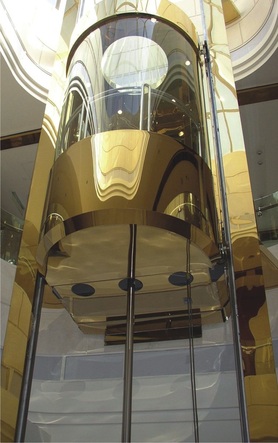
In Y-delta type starter, the motor can be activated by using two contractors on a decreased speed, after that continues with full speed. Older hydraulic elevators now started up suddenly, transmitting mains power at full-blast right into the electric motor. This sets a lot of damage on the motor, which will make it burn out quicker than motors on Solid-State or Y-Delta Contactor starters. The hydraulic elevators are classified into four types such as holed, hole less & roped elevators
2) Pneumatic Elevator
The pneumatic elevator can be designed with an external cylinder, and the cylinder is a crystal clear self-supporting cylinder. This cylinder includes modular sections to fit effortlessly into one by one. The top of this tube is designed with steel material that ensures tight air shutting by suction valves as well as inlets. A lift car runs within the cylinder, & the head unit on the top cylinder surface consists of valves, controllers, and turbines for controlling the elevator movements.
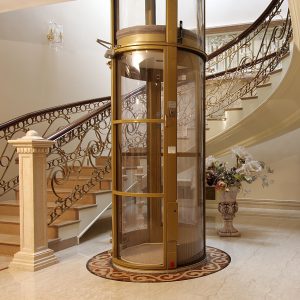
Pneumatic elevators are very easy to fit, operate as well as maintain when compared with the traditional elevators. These are used in existing homes because of their solid design. The main benefits of using these elevators include solid design & smooth, speed and flexibility, energy efficient and very safe.
3) Cable Driven or Traction Elevator
The traction elevator or cable driven elevators are the most popular elevators. It consists of steel cables as well as hoisting ropes that run above a pulley which is connected to the motor. This is geared otherwise gearless-traction type elevator. In this kind of elevator, several wire and hoisting cables are connected to the surface of an elevator car with covering around it on sheaves at one end & the other side is connected to a counterweight that travels up & down on its guide rails.
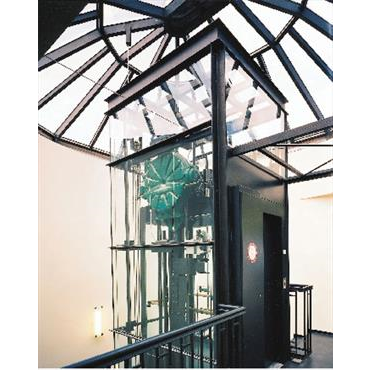
The counterweight is equivalent to the car’s weight and half of the weight of the passenger in the car. This means, throughout the lifting process it needs extra power for the additional passengers in the car; the rest of the load is managed with the weight of the counter. When the control system is connected to the lift, then it drives the motors in a frontward way, and sheave turns around to move the car lift upwards and stops in the preferred floor where the car is controlled by the weight of the counter.
For the car downstairs movement, overturn occurs during a rotating motor through a control method. For conserving the energy, some types of lift use electric motors with four quadrant operation in the regenerative method. Because of the high rise as well as high-speed capacities, these are applicable in several escalators, lifts, etc.
4) Capsule Lift
Capsule lift or Elevators are used in prestigious buildings, which can be called as decoration of a building because they improve the building’s beauty as well as carries life into it.
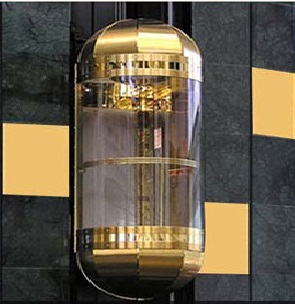
The main features of this elevators mainly include design, and travel comfort is best. The interior design of these lifts is attractive with a large glass panel for viewing. The ultramodern design of these lifts offers a cosmic zone travel experience for the passengers. These lifts are consistent and inexpensive with the least maintenance.
5) Building Lift
A building lift is a vertical transportation among the floors of the building. These are frequently used in public buildings, complexes, offices, and multistory building. These lifts are important in providing vertical movement, mostly in high buildings, for a wheelchair as well as other non-ambulant building customers. Some type of lifts also is applicable for emigration & firefighting purposes.
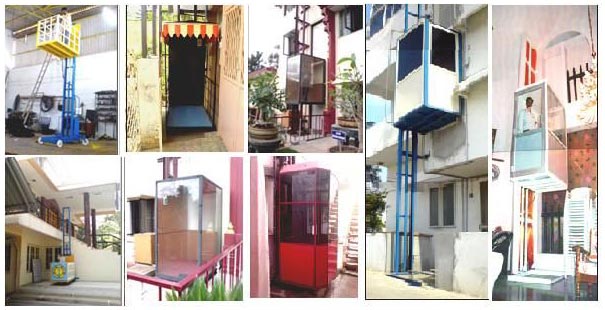
6) Passenger Lift
This type of lift has entirely included a lift car that moves vertically in a specially equipped lift shaft. Passengers are traveled between the floors in the building at quick speed. The control systems in the lift frequently designed to offer the most economical sharing of passengers all over the building. These lifts are very space efficient which are used in existing buildings where space is at a best.
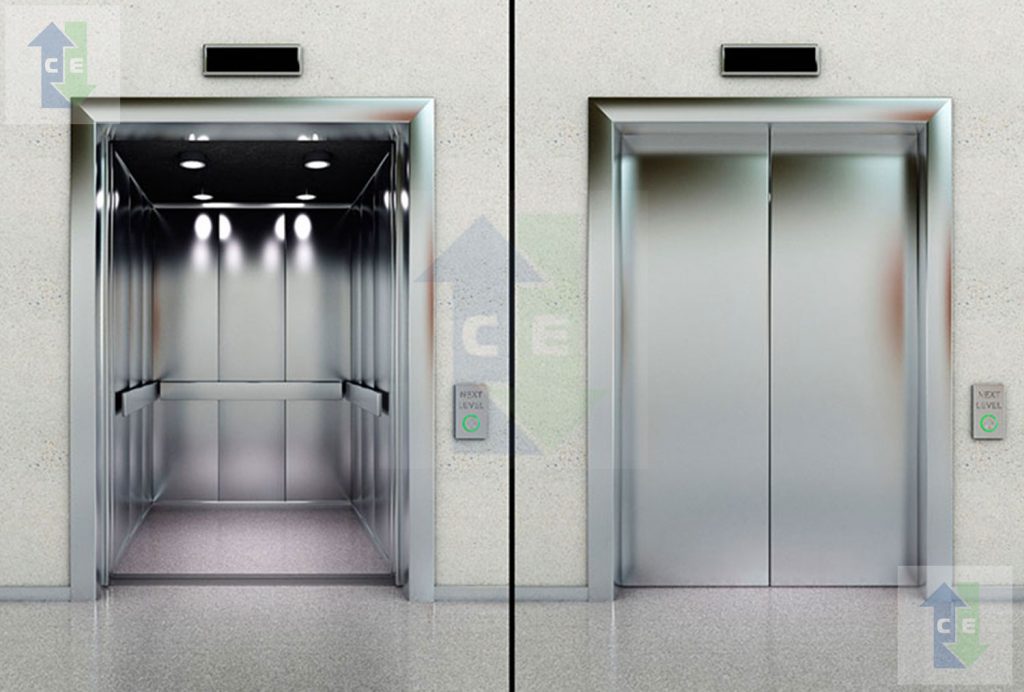
The main advantages of using passenger lift give a very comfort traveling among different floors, particularly space efficient, fully fixed shaft, small construction works, and no level loadings on the building.
7) Freight Elevator
In the world of elevators, these lifts are workhorses. These are very useful for transporting materials, goods in warehouses, manufacturing industries, shopping malls, seaports, etc. This type of elevator is separated into classes, to describe their load capacity as well as application. These lifts are strong in nature, and they are specially manufactured by engineers.
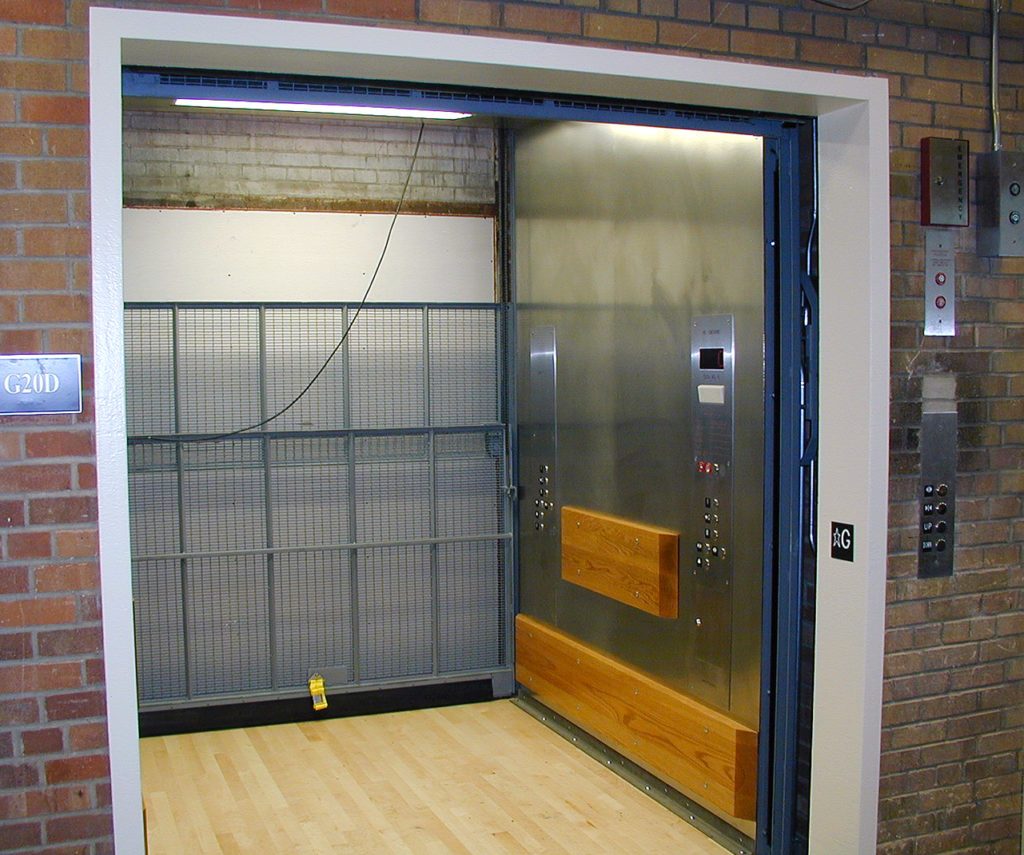
The features of this elevator include: the range of loading capacity is from 2500 lbs. to 10000 lbs. Height of the travel up to 50fts. The benefits of these elevators include; these elevators are designed for commercial as well as industrial applications. The flexible design to hold the application, door designs can be changed, eco-friendly, etc.
8) Residential Elevators
Residential elevators provide stylish options to the platform as well as stair lifts. These lifts can be effortlessly incorporated in any available home, otherwise incorporated in edifice plans for latest homes. These types of elevators are available in different styles, and these can be installed in your home walls, otherwise included effortlessly to improve your home’s decoration. The main benefits of residential elevators are; they can move you securely among floors even during a power failure. Quick installation and offers you an effortless life.
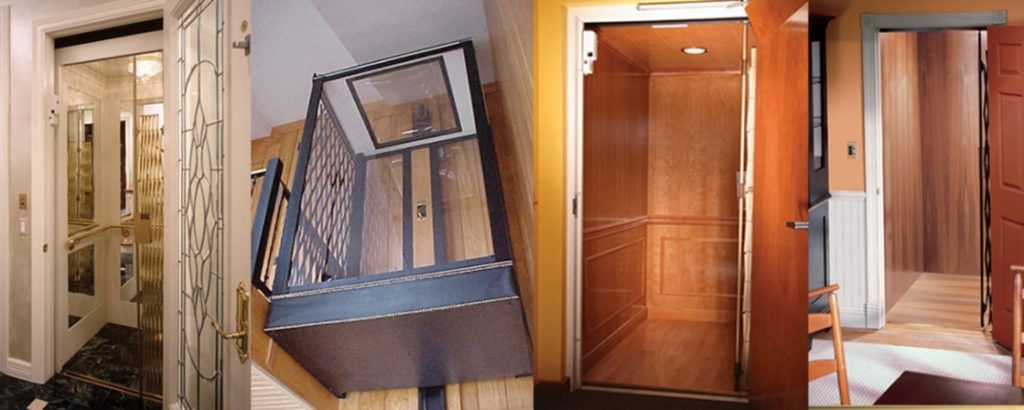
Thus, this is all about an overview of elevators or types of lifts. These have been around for 100’s of years; however, they work on a very fundamental principle. Even though the fundamentals of the elevator has not altered over the decades, but small twists have been made for the smooth ride as well as by using computer-controlled systems, efficiency has been improved for quicker transport.

